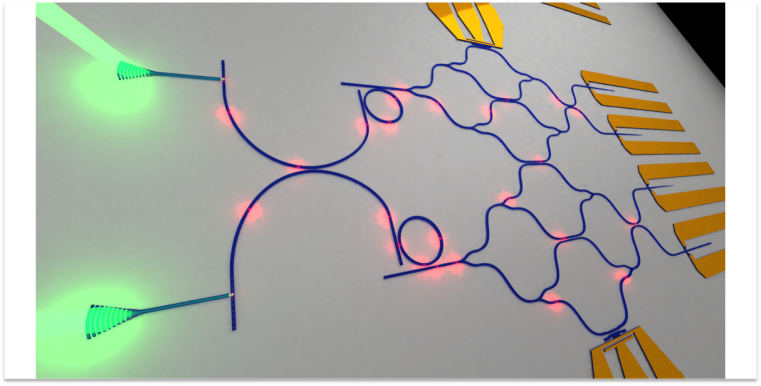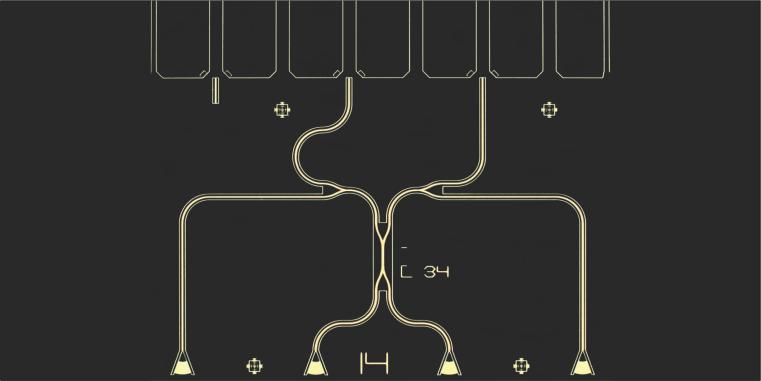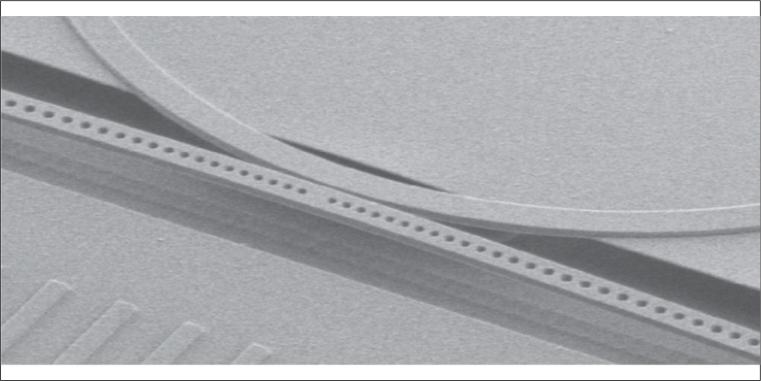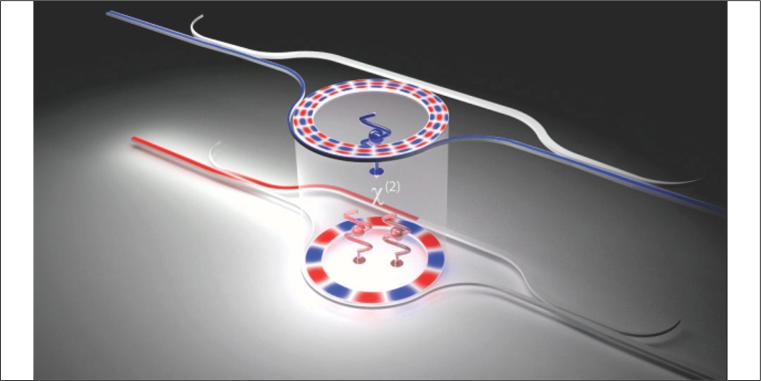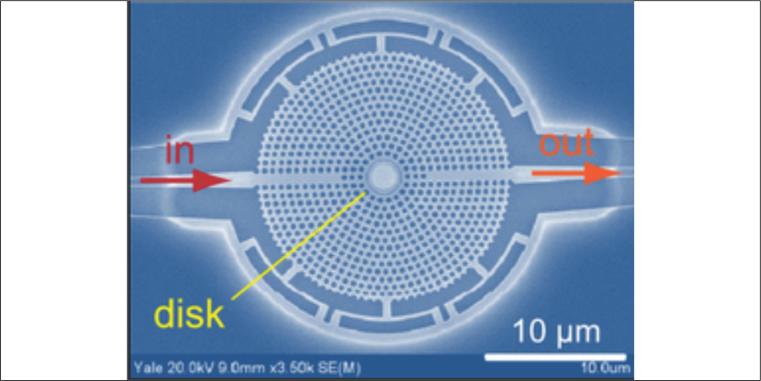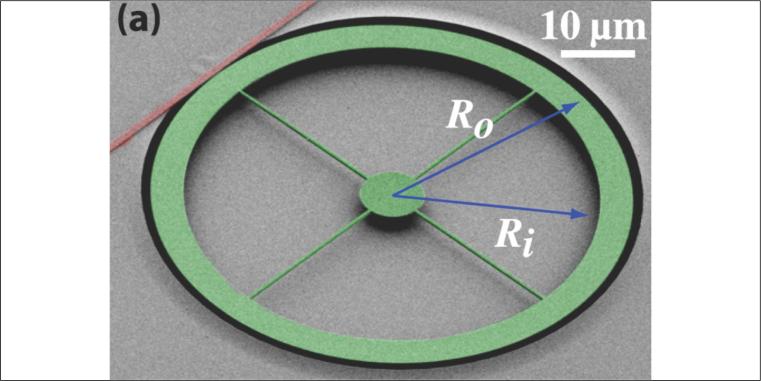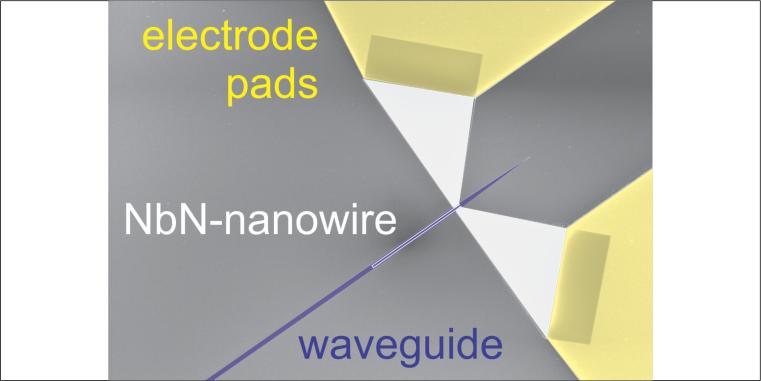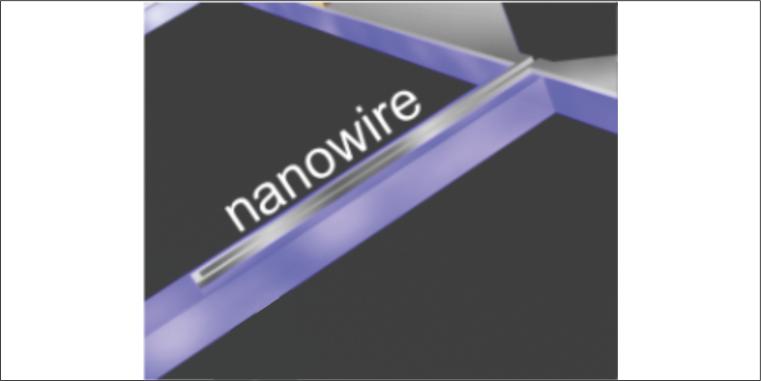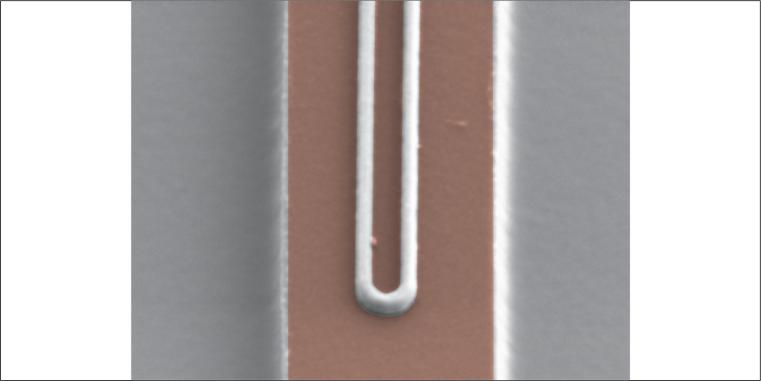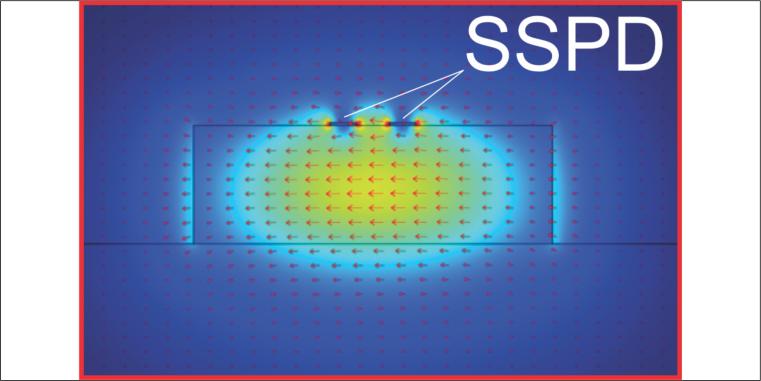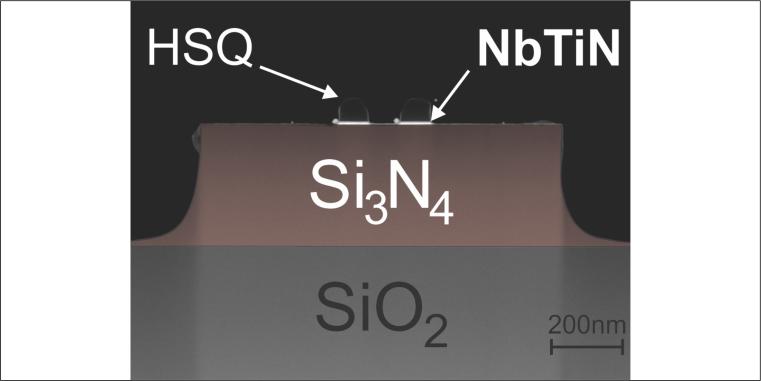Nanophotonic devices and quantum circuit components
Nano-photonic devices can be patterned out of dielectric thin-films by employing electron beam lithography and a variety of associated etching techniques. A wealth of photonic integrated circuit components has been developed within the silicon photonics community for classical telecommunication tasks. The high refractive index contrast between silicon, as the optical medium, and an insulating substrate, e.g. silicon dioxide, allows for tightly confining optical modes in waveguides of submicron cross section. On the one hand, this allows for very compact and densely packed nano-photonic circuits and on the other hand, it is possible to engineer the group velocity dispersion by fine-tuning the waveguide geometry. Using a computer aided design approach and advanced nano-fabrication techniques we are further able to integrate such nano-photonic devices with electrical circuits and mechanical structures. The inherent mechanical stability of monolithic silicon chips significantly benefits the implementation of nested optical interferometers yielding highly stable phase contrast. Combining optical, electrical and mechanical capabilities on a chip gives rise to interesting novel functionality as we have shown in previous work on high-frequency optomechanical resonators, high-quality factor photonic crystal cavities, and even piezo-electrically actuated nano-cavities.
Many established photonic integrated circuit components can be adapted to fulfill the demands of quantum technology with single photons. We have demonstrated this for some crucial nano-photonic devices, for example directional couplers, optical phase shifters, bandwidth filters, ring-resonators and grating couplers. Our implementation of a directional coupler with well-controlled optical mode splitting ratio– the equivalent of a bulk optic beam splitter – was particularly important for demonstrating quantum interference in a silicon nitride (SiN) waveguide circuit. Embedding superconducting nanowire single-photon detectors into this circuit allowed us to measure two-photon (Hong-Ou-Mandel) interference with a visibility of 97%, which demonstrates the suitability of an integrated optics approach for quantum information processing. In future work we will elaborate on these studies by fabricating more complex circuits with an increasing number of nano-photonic components thus realizing quantum gate operations, which can then be concatenate to assemble quantum algorithms.
Information on our previous work is found here:
| C. Schuck, et al., Nat. Comm. 7, 10352 |
M. Poot et al., Opt. Express 24, 6843 |
| L. Fan et al., APL 102, 153507 |
X. Ma, et al., PRA 90, 042109 |
| C. Xiong, et al., New J. Phys. 14, 095014 |
X. Sun, et al. Sci. Rep. 3, 1436 |

